Understanding Ball Joint Couplings
Ball joint couplings are pivotal components in modern piping systems, designed to provide pivotal connections and facilitate directional changes in fluid transport networks. These couplings are engineered to absorb vibrations, handle high pressure, and allow for thermal expansion, making them indispensable in both commercial and residential settings.
Materials and Design
The construction of ball joint couplings varies, with materials selected based on the fluid type they will convey. PVC, known for its smooth internal surface, minimizes resistance and is favored for its lightweight nature and cost-efficiency. Conversely, copper couplings boast superior corrosion resistance, rendering them ideal for underground applications where durability is paramount.
Types and Applications
Beyond materials, the function of ball joint couplings extends to various types, each serving a specific purpose. For instance, P-traps are integral in maintaining hygiene by trapping water to prevent sewer gases from infiltrating living spaces. Similarly, pipe caps are essential for terminating flow and safeguarding pipe threads.
Features and Advantages
The features of ball joint couplings contribute to their advantages in a piping system. Their design allows for ease of assembly and disassembly, which is critical for maintenance and repair. The flexibility offered by these couplings also compensates for misalignment and reduces stress on the piping system.
Selection Considerations
Selecting the appropriate ball joint couplings requires an understanding of the system's demands, including pressure ratings, fluid compatibility, and environmental conditions. For industrial applications, couplings must withstand harsh fluids and high-pressure scenarios, while residential systems may prioritize ease of installation and longevity.
Complementary Components
In addition to ball joint couplings, a comprehensive piping system may include various other fittings such as pipe bends and compression fittings, each contributing to the overall functionality and efficiency of the fluid transport network.



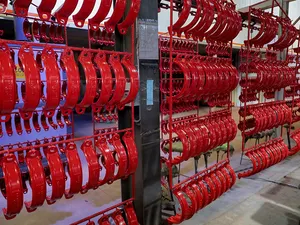



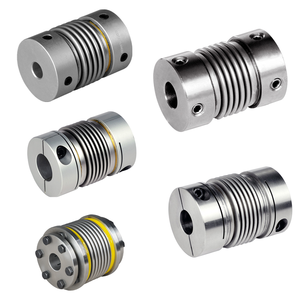

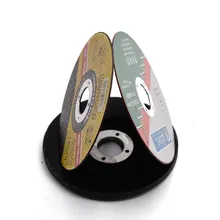





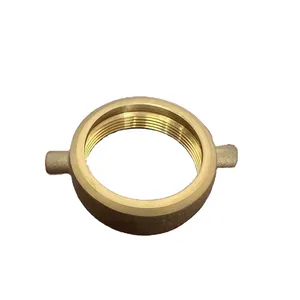

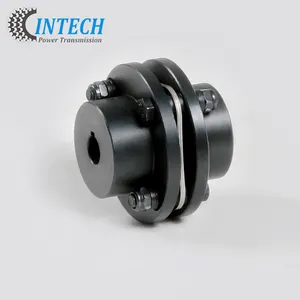


























 浙公网安备 33010002000092号
浙公网安备 33010002000092号 浙B2-20120091-4
浙B2-20120091-4